The Need for Media Literacy

Translated from Spanish by Katrina Rebecca Heimark, researcher at the Instituto de Investigación Científica (IDIC) and translator.
The current health crisis has highlighted an important platitude: the media have an educative role. Even our Constitution reiterates this fact, although this doesn’t mean much in practice. The truth is the media doesn’t fulfill this obligation, they are unaware of it, or we as citizens have given up our demands for quality mass media. They are comfortable in the face of almost no social pressure and there hasn’t been any type of political leadership that encourages responsibility. They should have joined forces with Aprendo en Casa, [1] but they preferred to continue with business as usual. This is a perfect example of the state of our media today.
When we turn the tv or radio on with our children, hoping to find some sort of quality programming during these months of lockdown, we’re hit by the frustrating reality of the debate of whether the media can truly educate us.
The truth is the media educates beyond its purpose. They do not educate only when they are imitating the classroom, or in other words, when they seem to be educating. They impact in even more subtle and therefore more dangerous ways, for example, when an ad links beauty to a stereotype of slim, white bodies, or when certain news programs explicitly refer to class when talking about the “residents” of Los Olivos and the “citizens” of San Isidro, or when they partake in the popular editorial sport of one-sided judging of facts and events.
Thankfully, there are also good examples, such as when they instigate questions about topics not covered in school and they force us to bring issues to the table that we would prefer to overlook.
It’s not that the media operates by imposing beliefs or behavior, as was the belief in the middle of the 20th Century when it was said that the media injects its messages into people. But they tend to do so when they have underlying agendas, biased and exclusionary perspectives, or when they divulge false information that leads us to build a partial sense of reality or make prejudicial decisions.
This is why we say that it is not enough to talk about regulating the media—which is important—but that it is imperative to train ourselves and our children, starting in elementary school, to be aware, critically analyze and demand better content of the media. The media have an impact on our understanding of the world because they are central elements of our culture. Our perception is not unconnected to the media and the media are everything but neutral. It is in this manner that we should approach the media from the school-at-home.
Consumers to protect and producers to empower
Starting a decade ago, the conversation was not just centered on the content of the media, but also what we produce and circulate through them.
It was quite a while ago that we stopped being passive receptors of information who should be watched over. Yes, those regulations that establish parental guidelines or those that promote creative productions are important, but the unidirectional logic of broadcaster-receiver has been transformed. Virtual platforms such as WhatsApp, Twitter or TikTok validate the notion that we are content producers (and at the same time feed into large data bases at our own cost).
Thus, the relationship between education and the media should not be limited to a conception of them as mass or traditional. The media ecosystem also integrates information and communication technology (ITC): cellphones, tablets, computers, and with them, informational programs, interactive apps, and videogames.
Today it’s common for us to have influencers among our students who reach thousands of followers with ideas or product advertising just by picking up their phone. Do they understand their greater societal role? Are they aware of their rights and obligations? [2]
A UNESCO proposal: Media Literacy
As an integral response to this phenomenon, the UNESCO (n.d.) has been promoting media literacy for decades. Simply put, media literacy consists of developing the capacity to critically and creatively interact with this ecosystem made up of all media, both old and new, digital and analogue.
The purpose is to educate citizens to utilize the media, as the use of our rights to information, expression, and opinion directly depend on our development of these capabilities. As Moez Chakchouk, UNESCO Assistant Director-General for Communication and Information, stated, media skills
“are essential to face the contemporary challenges of misinformation, hate speech and violent extremism. They are equally important for building inclusive societies and achieving the Sustainable Development Goals” (UNESCO, 2019, p. 5).
The challenge, therefore, is to educate on the media and not only educate with them. In other words, convert the media into objects of study and reflection without limiting them to being instruments or techniques that are useful for broadcasting or instructing remotely.
Blindly using PowerPoint or watching a YouTube video is not media literacy. This is using educational technology, which is different. On the other hand, taking advantage of working with media to discuss how audiovisual language works, or to teach the steps of video production are concrete actions that bring us closer to the idea put forward by the UNESCO.
In order to acquire media literacy skills we have to understand, at least on a basic level, how the media works, what codes, techniques and language it uses, how it is financed or what is its business model, what legal regulations it is subject to, or how it impacts the public. We cannot ignore these questions that permeate the technologies with which we interact during a large portion of our daily life.
How to develop this in Peru?
In Peru, the organizations that include media literacy in their educational agenda can be counted on one hand. They focus more on the digital (which is a concept with greater press), but only from an instrumental angle. Again, learning to use software or installing an app in one’s phone does not ensure critical education.
In the private sphere, there are few projects and experiences; in the public sphere, the Advisory Council of Radio and Television (Concortv) is a solitary actor in the promotion of media literacy.
The 2036 National Education Project has the opportunity to integrate these ideas. The Ministry of Education can take on a leadership role that articulates and promotes initiatives in this area. It’s a good idea to examine cases such as Finland or France, where they integrate the production of educational content from different organizations, including the media and educational industries, along with teacher training, which is indispensable in guaranteeing continuity in the focus on media literacy.
At the same time, this focus should incorporate the diversity of this country. Children and adolescents should be capable of recognizing themselves, or recognizing in content their reality, their feelings and their interests, and be able to connect emotionally and feel as though they are a part of that content. This focus should also go beyond our centralized media system and take advantage of the fact that our different regions have digital content and audiovisual producers, as well as advertising agencies, and design an integrated national system of media literacy; a system that also includes public libraries and cultural centers, educational actors that are usually marginalized.
Promoting media literacy is a concrete form of acting. Yet, we must avoid overusing the phrase “the media educates,” and turn to truly incorporating policies that promote media literacy in our society.
| Cite this post (APA, seventh edition): Mateus, J.-C. (2020, September 7). The need for media literacy (K. Heimark, Trans.). Scientia et Praxis: Un blog sobre investigación científica y sus aplicaciones. https://www.ulima.edu.pe/en/idic/blog/the-need-for-media-literacy |
Notes
[1] The Public Education program for in-home learning during the 2020 school year.
[2] Currently Prof. Laura León and I are working on a similar research question in the project “Youtubers and Instagrammers: Cultural and Citizenship Practices in Young People in Lima.” You can find more information in the Ulima CRIS.
References
UNESCO. (2019). Belgrade recommendations on draft global standards for media and information literacy curricula guidelines. https://en.unesco.org/sites/default/files/belgrade_recommendations_on_dr...
UNESCO. (n.d.). Mil clicks. https://es.unesco.org/MILCLICKS


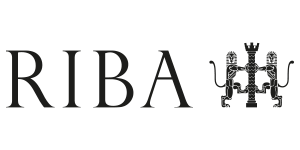
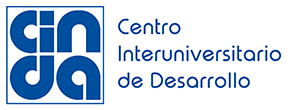










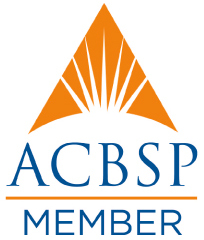


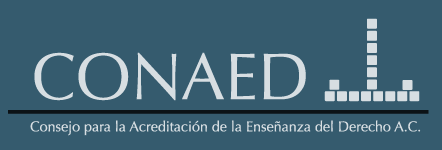













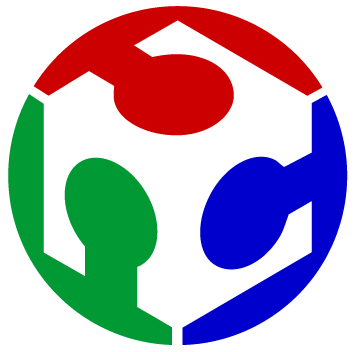
Deja un comentario